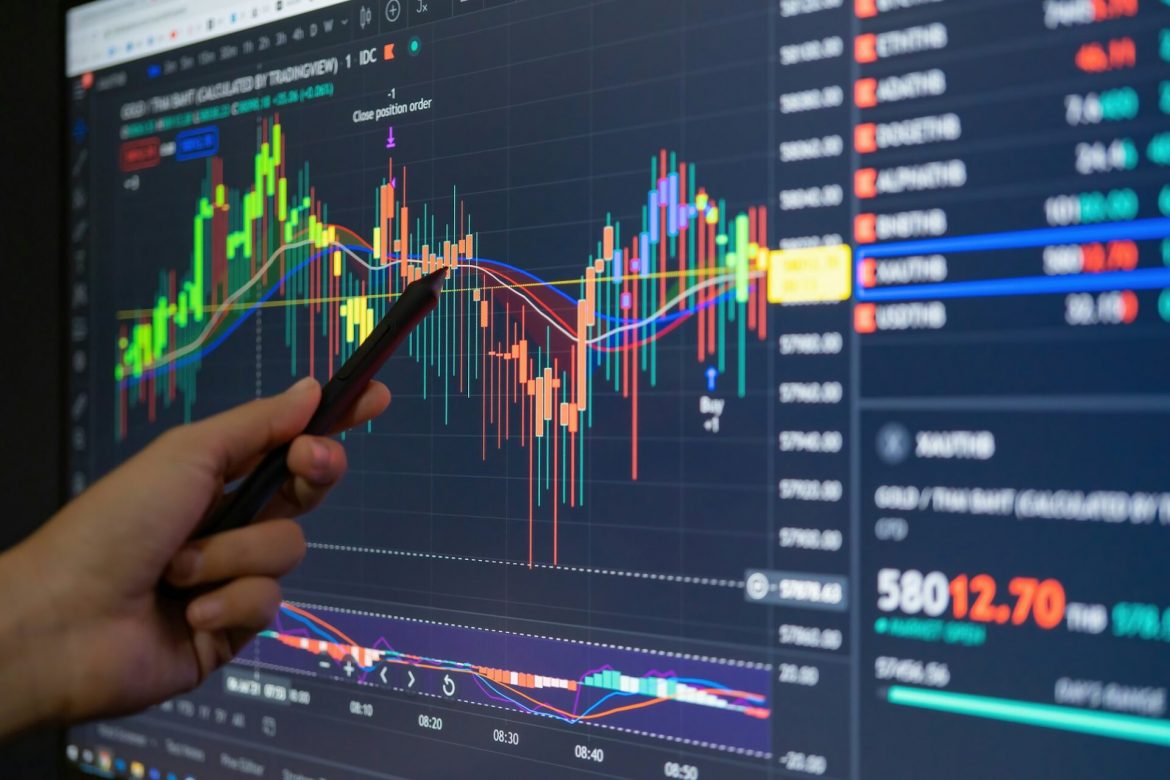
Trading efficiency is not just about finding the right opportunities. The speed at which trades are executed and the spread at the moment of entry play a significant role in profitability. Even traders who consistently look for the best Forex spreads can face slippage and unexpected costs if execution speed is not optimized. Understanding the relationship between these two factors is essential for improving trade outcomes.
Faster Execution Helps Secure Lower Spreads
Spreads in Forex are constantly changing due to market conditions, liquidity, and volatility. A delay of even a few milliseconds can result in entering a trade at a higher spread than initially anticipated. Traders who use brokers with ultra-fast execution can lock in the best Forex spreads more effectively, reducing unnecessary costs.
Brokers offering ECN (Electronic Communication Network) or STP (Straight Through Processing) execution generally provide faster processing times. This ensures that orders are filled as close as possible to the intended price, preventing unnecessary spread increases.
Slow Execution Can Increase Trading Costs
A broker’s execution speed directly affects trading costs. If an order takes too long to process, spreads may widen before the trade is completed. Even when a trader initially sees the best Forex spreads on their platform, a slow execution time can result in paying more than expected.
Slippage is another issue caused by slow execution. If a trade is executed even a fraction of a second late, the price may have already moved, resulting in a less favorable entry. Traders using scalping or high-frequency strategies are particularly vulnerable to these price differences.
Market Liquidity Affects Both Spreads and Speed
Liquidity conditions impact both spreads and execution quality. During high-volume trading hours, such as the London and New York session overlap, spreads tend to be lower, and execution speeds are faster. The best Forex spreads are usually available when market activity is high, allowing for tighter bid-ask differences and reduced slippage.
Conversely, trading during off-peak hours or in illiquid markets can lead to wider spreads and slower execution. Orders may take longer to fill, increasing the likelihood of entering at a different price than expected. Choosing to trade during peak sessions helps ensure both better spreads and faster execution.
VPS Trading Can Improve Execution Speed
Many traders use Virtual Private Servers (VPS) to reduce execution delays. By hosting their trading platform on a dedicated server close to their broker’s data center, they can minimize latency and improve trade processing times. For those aiming to capture the best Forex spreads, using a VPS can help ensure their orders are filled with minimal delay.
VPS trading is especially useful for algorithmic traders and scalpers who rely on precise entry and exit points. Even a small reduction in execution time can lead to significant cost savings over multiple trades.
Selecting the Right Broker for Optimal Spreads and Execution
Traders should choose a broker that offers both competitive spreads and high-speed execution.
- Look for brokers with low-latency execution to minimize spread fluctuations at the time of entry.
- Trade during peak liquidity sessions to benefit from tighter spreads and faster order processing.
- Consider using a VPS to reduce delays in trade execution.
- Monitor execution consistency to ensure that spreads remain favorable under different market conditions.
Balancing Spreads and Execution for Better Trading Results
Securing the best Forex spreads is only part of the equation. Without fast and reliable execution, traders may experience increased costs due to spread fluctuations and slippage.
By optimizing trade execution, using reliable technology, and selecting the right trading sessions, traders can improve their cost efficiency and take advantage of the best market conditions available. Combining tight spreads with quick execution ensures a smoother and more profitable trading experience.



